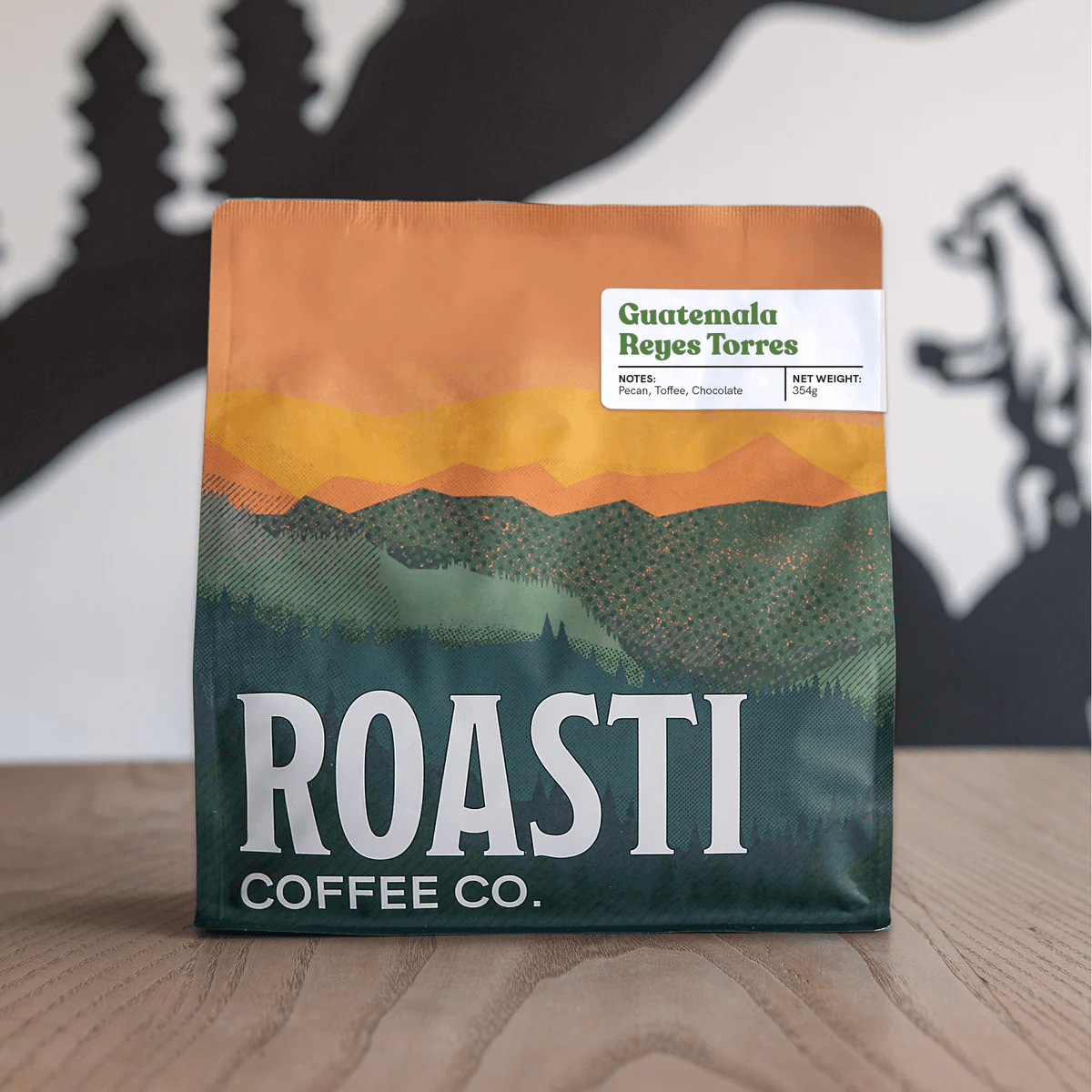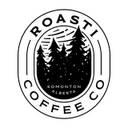Th3rdwave Directories
Cafés
Roasters
Coffees
Guides
Awards
Th3rdwave Coffee Club
Subscription
Gift subscription
Current edition
Past editions
Shop
Advent Calendar
Coffee games
Th3rdwave Wallet
Loyalty cards
Gift cards
Th3rdwave for cafés
Th3rdwave for roasters
Get free coffee
Reyes Torres
Mataquescuintla is a municipality in the Jalapa department of south-east Guatemala. The region's history is intrinsically linked to El Salvador's native Pipil people. In fact, the name comes from the Nahuatl language of the Pipil and means "Net to catch dogs".
This coffee is sourced from Reyes Torres and his Santa Fe farm in El Escobal, Mataquescuintla. At age 65, Reyes is one of the oldest members of the Cafe Colis Resistencia group, but has been one of the earliest entrants into making the effort to sell his coffee in parchment for the international market and has always been vocal about the need to make an effort to improve and try new things as a means of developing a better option for the sale of their coffee. This isn’t always the case with older producers, as they’ve often quite set in their ways and are reluctant to make steps towards a new form of working. Reyes began growing coffee in 1968, and he counts himself as a third generation grower meaning that his family has been growing coffee in this area for close to a century. Just like everyone in this area, spent his entire life selling his coffee in cherry to local buyers, unaware of where it went or with any control over the prices offered. In these days, it was possible for growers like Reyes to live sustainably off of their coffee in this mode of sales as the production per tree was very high, diseases were low, and the costs for managing coffee were also low.
The resulting cup reminds us of pecan, chocolate and toffee.
This coffee is sourced from Reyes Torres and his Santa Fe farm in El Escobal, Mataquescuintla. At age 65, Reyes is one of the oldest members of the Cafe Colis Resistencia group, but has been one of the earliest entrants into making the effort to sell his coffee in parchment for the international market and has always been vocal about the need to make an effort to improve and try new things as a means of developing a better option for the sale of their coffee. This isn’t always the case with older producers, as they’ve often quite set in their ways and are reluctant to make steps towards a new form of working. Reyes began growing coffee in 1968, and he counts himself as a third generation grower meaning that his family has been growing coffee in this area for close to a century. Just like everyone in this area, spent his entire life selling his coffee in cherry to local buyers, unaware of where it went or with any control over the prices offered. In these days, it was possible for growers like Reyes to live sustainably off of their coffee in this mode of sales as the production per tree was very high, diseases were low, and the costs for managing coffee were also low.
The resulting cup reminds us of pecan, chocolate and toffee.
Mataquescuintla is a municipality in the Jalapa department of south-east Guatemala. The region's history is intrinsically linked to El Salvador's native Pipil people. In fact, the name comes from the Nahuatl language of the Pipil and means "Net to catch dogs".
This coffee is sourced from Reyes Torres and his Santa Fe farm in El Escobal, Mataquescuintla. At age 65, Reyes is one of the oldest members of the Cafe Colis Resistencia group, but has been one of the earliest entrants into making the effort to sell his coffee in parchment for the international market and has always been vocal about the need to make an effort to improve and try new things as a means of developing a better option for the sale of their coffee. This isn’t always the case with older producers, as they’ve often quite set in their ways and are reluctant to make steps towards a new form of working. Reyes began growing coffee in 1968, and he counts himself as a third generation grower meaning that his family has been growing coffee in this area for close to a century. Just like everyone in this area, spent his entire life selling his coffee in cherry to local buyers, unaware of where it went or with any control over the prices offered. In these days, it was possible for growers like Reyes to live sustainably off of their coffee in this mode of sales as the production per tree was very high, diseases were low, and the costs for managing coffee were also low.
The resulting cup reminds us of pecan, chocolate and toffee.
This coffee is sourced from Reyes Torres and his Santa Fe farm in El Escobal, Mataquescuintla. At age 65, Reyes is one of the oldest members of the Cafe Colis Resistencia group, but has been one of the earliest entrants into making the effort to sell his coffee in parchment for the international market and has always been vocal about the need to make an effort to improve and try new things as a means of developing a better option for the sale of their coffee. This isn’t always the case with older producers, as they’ve often quite set in their ways and are reluctant to make steps towards a new form of working. Reyes began growing coffee in 1968, and he counts himself as a third generation grower meaning that his family has been growing coffee in this area for close to a century. Just like everyone in this area, spent his entire life selling his coffee in cherry to local buyers, unaware of where it went or with any control over the prices offered. In these days, it was possible for growers like Reyes to live sustainably off of their coffee in this mode of sales as the production per tree was very high, diseases were low, and the costs for managing coffee were also low.
The resulting cup reminds us of pecan, chocolate and toffee.
Coffee origin
Country
Guatemala
Region
Mataquescuintla
Variety
catuai, pache san ramon
Altitude
1650 m
Farm
Santa Fe
Producer
Reyes Torres
Roast level
Light medium
Process
washed
Tastes like
🥜
pecan
🍫
chocolate
🍮
toffee
Community reviews
😍




